
You can take control of your body and injury recovery, follow our steps for self massage/release.
Our staff are frequently educating clients, as well as family/friends, on how important it is to take control and responsibility of your body and injury recovery.
We often include self massage/release instructions for those individuals who have minor muscle tension and trigger points, or for those that would benefit for repeated massage/release treatments between in clinic sessions.
This also allows you more independence with your recovery, while also being cost-effective for you to learn how to save yourself from trigger points in the first place.
Self massage/release can be done with your hands/fingers, but sometimes a gadget or device can help you reach and treat better (e.g. tennis ball, lacrosse ball, yoga tune up ball, massage stick/roller, etc.). There are many gadgets out there on the market to try, as you search for your successful tool!
- Start with a light pressure/touch, for about 20-30 seconds, then progress to longer or firmer pressure as directed by your therapist, or as it feels comfortable. You may benefit from repeating this 1-2x/day.
- Options:
- Keep pressure on the sore/tight spot.
- Roll around gently.
- Keep pressure on the site and try moving the muscle/area gently while under pressure (e.g. ball at edge of shoulder blade - move your arm up/down, across chest).
During a recent volunteer event, Motion Works Physiotherapy physiotherapists took photos of our top 10 areas (Head to Toe) that we teach our clients to self-treat.
For best results, success, and avoidance of irritation, consult with your therapist before trying some of the techniques below.
1. Suboccipital region (base of rear skull)
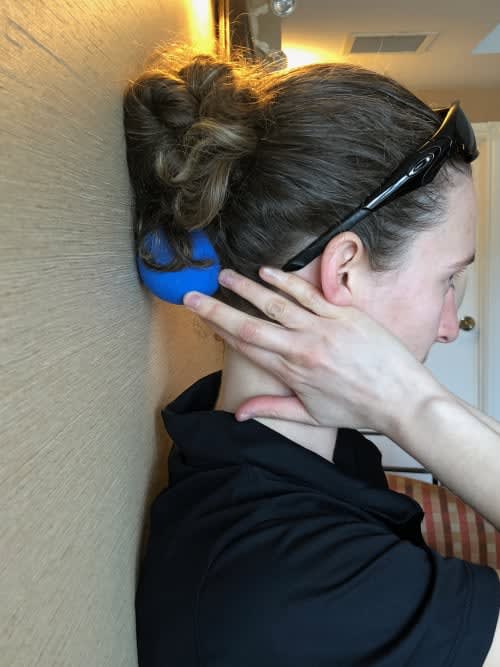
2. Upper back (inside edge of shoulder blade)
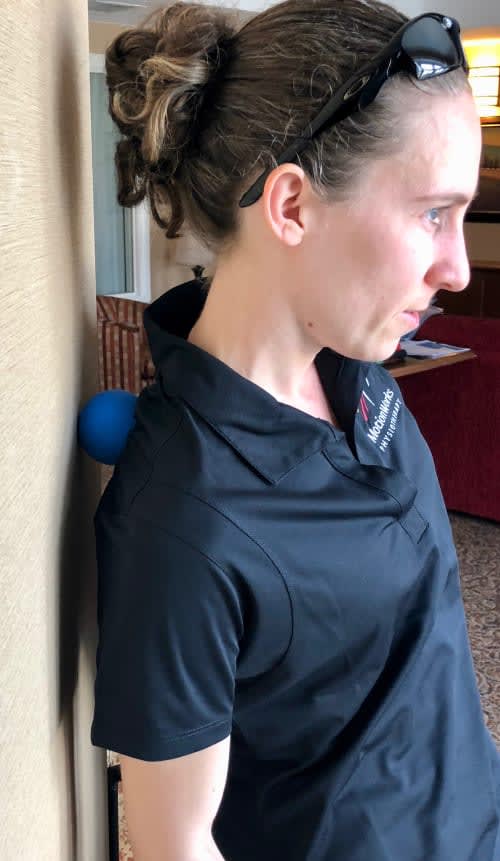
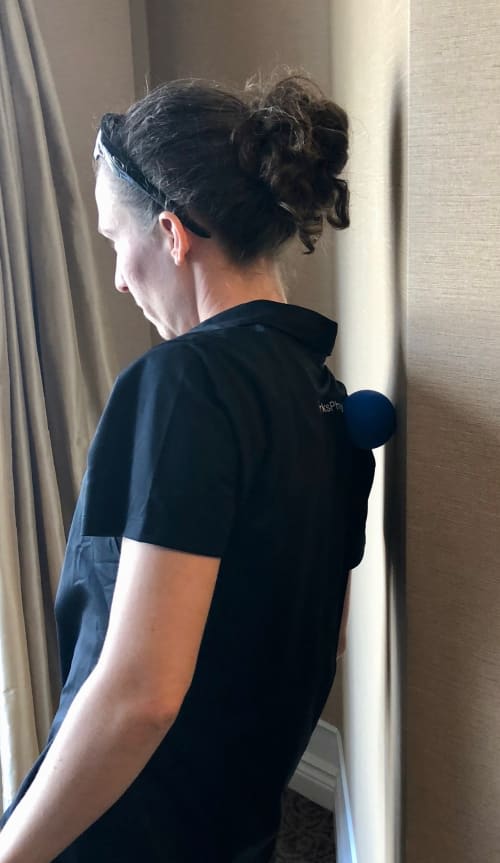
3. Pecs (chest wall)
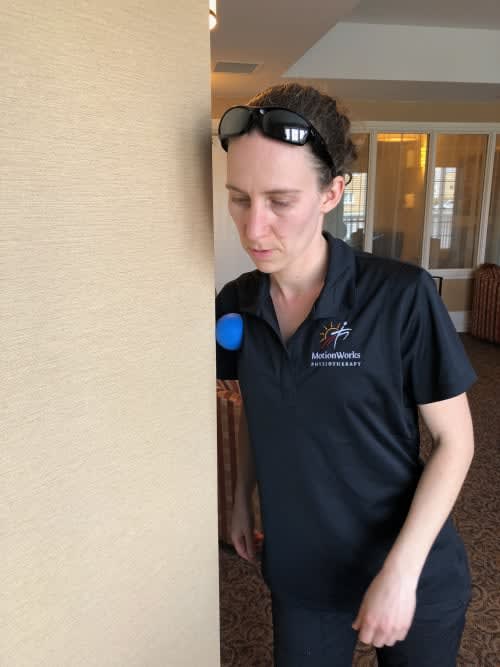
4. Forearm (extensors in this picture)
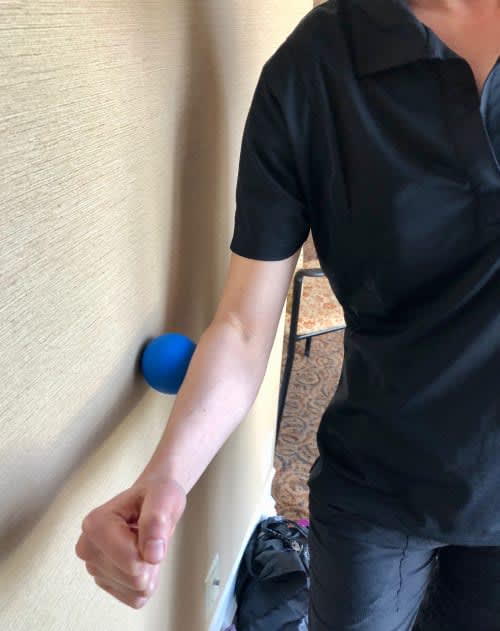
(can add wrist bending, to increase intensity)
5. Low back (quadratus lumborum)
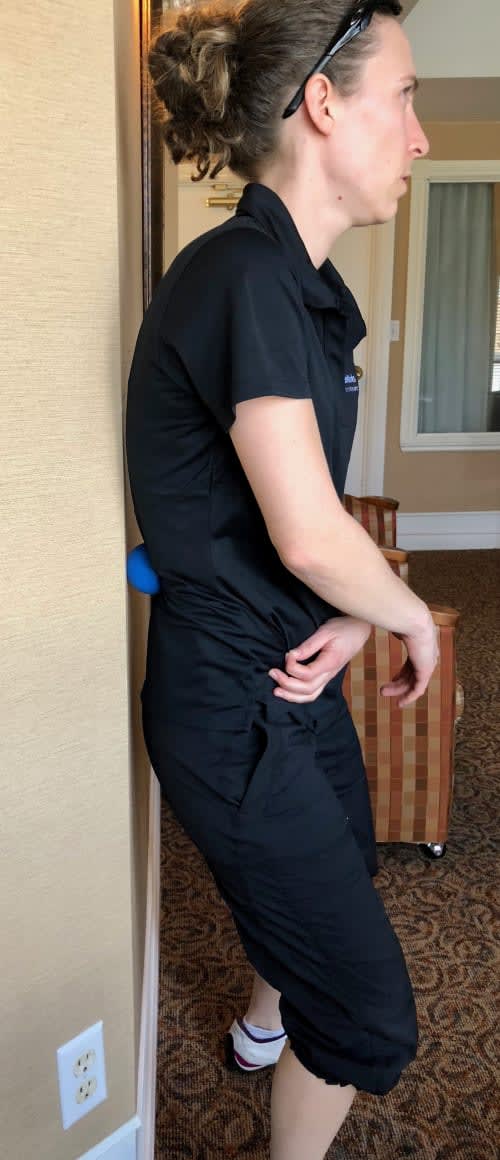

6. Buttock (glutes, etc.)
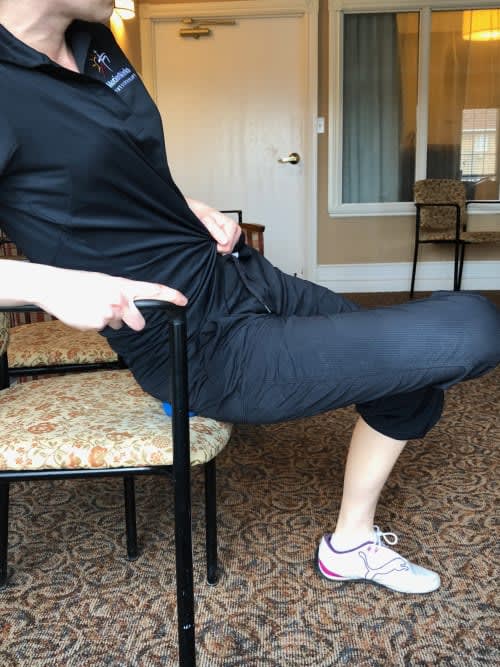
7. Hip Flexors (front hip/upper thigh)
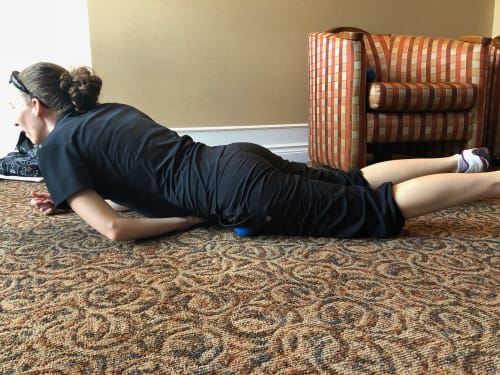
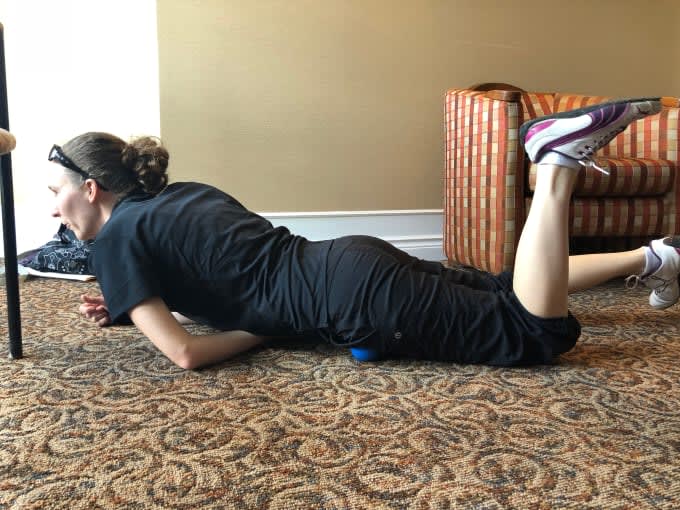
(can add a knee bend back/forth, for increased intensity)
8. Hamstring (rear thigh)
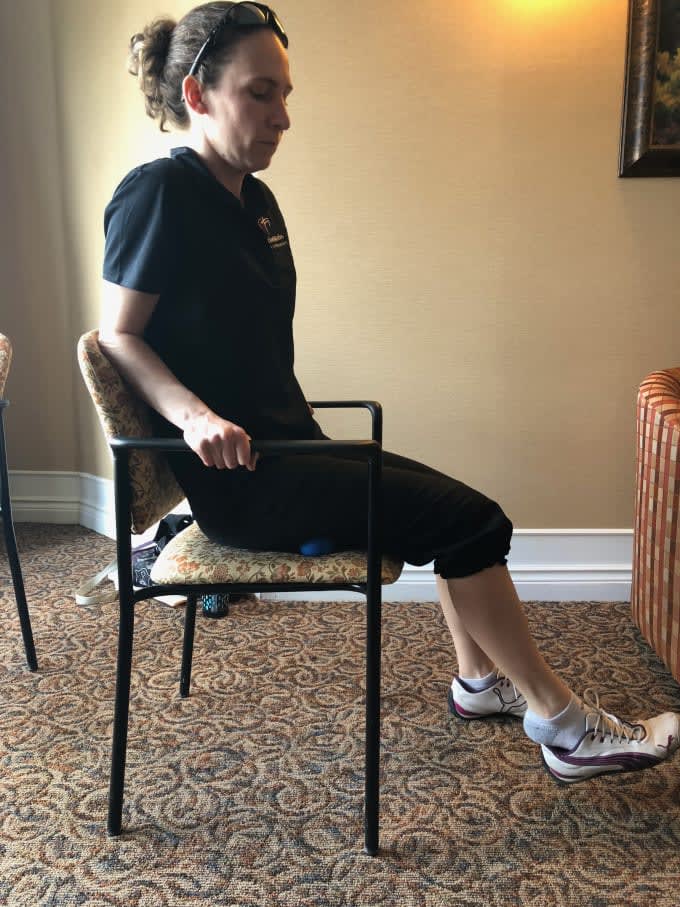
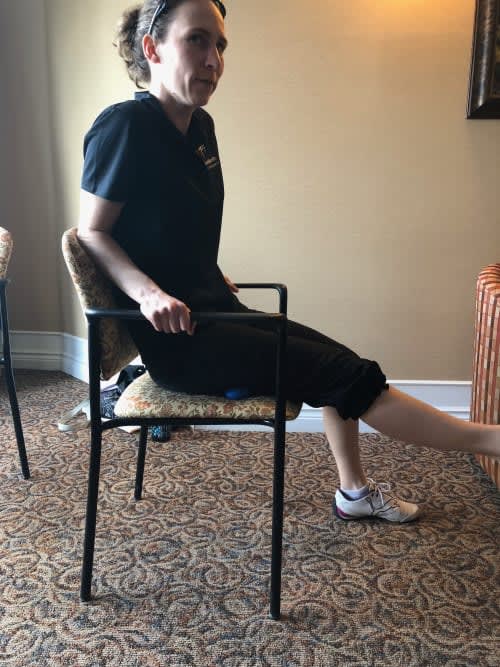
(can add a knee bend back/forth, to increase intensity; as long as no nerve tension/tingling/etc.)
9. Calf
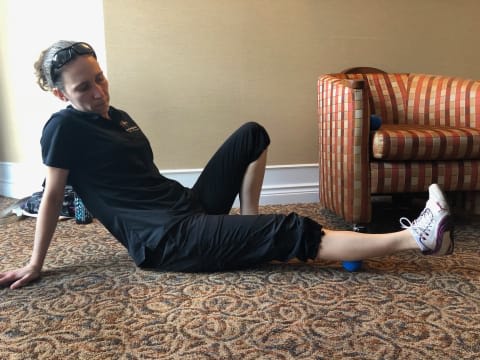
(can add ankle pumping movement, to increase intensity)
10. Sole of Foot (foot intrinsics)
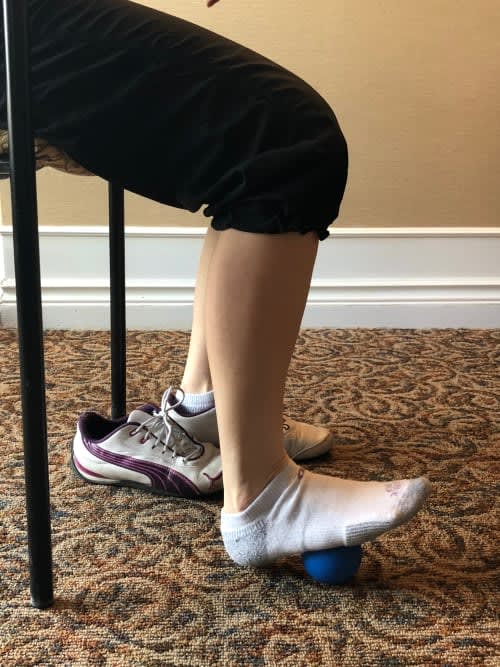
(can roll back/forth over the ball to cover more area)
Learn More About How Self Massage/Release Can Help Your Recovery
If you have more questions about how self massage/release can help your recovery, do not hesitate to contact the clinic and book a consultation with one our experienced physiotherapists!
Check in with the Motion Works Physiotherapy Orleans blog regularly for helpful tips, news, information and advice about physiotherapy treatment and your health.
